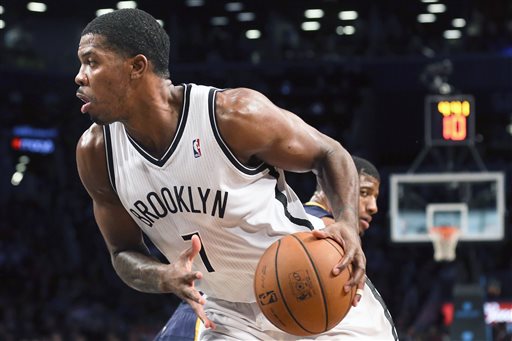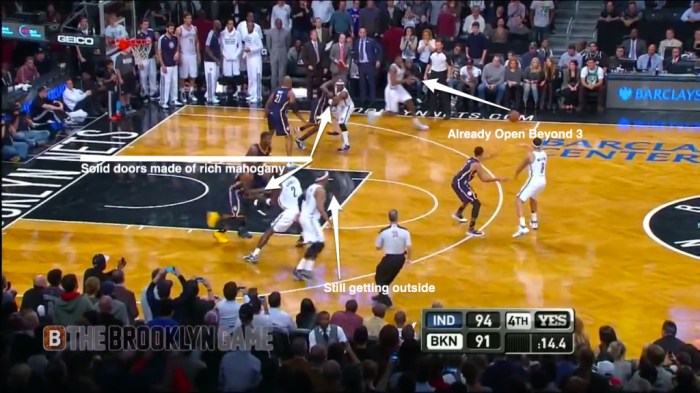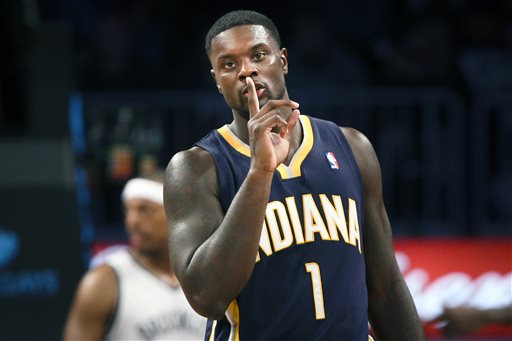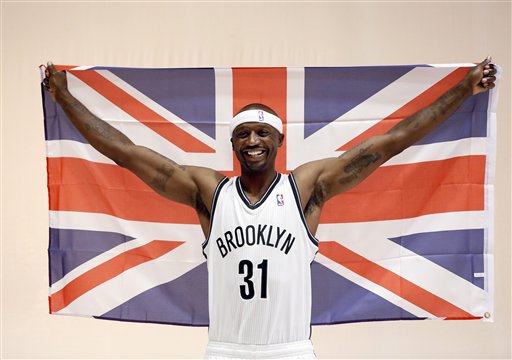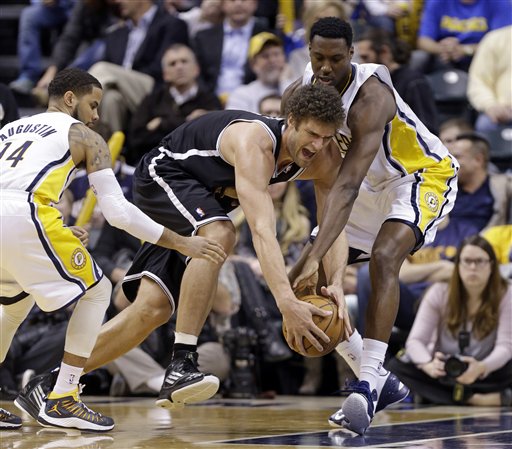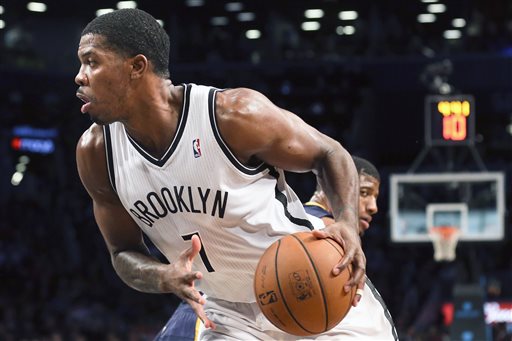
Brooklyn Nets shooting guard Joe Johnson’s not-so-affectionate nickname with the Atlanta Hawks was “Iso-Joe,” due to his rudimentary one-on-one playing style under Mike Woodson and Larry Drew. Johnson expected to shed that name in Brooklyn and share the load in “Brooklyn’s Backcourt,” though not without looking for his own number: at their introductory press conference, Deron Williams promised that Joe would “still get Isos.”
Unfortunately, Johnson did get isos — a lot of them. Johnson saw a staggering 43.1 percent of possessions in plays classified as isolation or post-up with Brooklyn last season, up from 35.4 percent in Atlanta the season before, according to Synergy Sports Technology. It wasn’t just taking on a smaller load overall, either — even in Brooklyn’s slower, more balanced offense, Johnson averaged 10.7 isolationist plays per 48 minutes last season, up from 10.0 per 48 in Atlanta.
The predominantly one-on-one offense introduced by Avery Johnson and continued by P.J. Carlesimo was partially poor coaching, but also borne out of a dire forward situation that stunted the offense. Johnson should still get some isolation looks to vary the offense — just ask new teammate Paul Pierce how Johnson is at breaking down a defender — but it can’t be coach Jason Kidd’s bread and butter. Luckily, early trends appear that that’s exactly what’s happening with Joe Johnson.
Forget about salary (Johnson’s slated to earn $21.5 million this year, the team’s highest), forget about machismo, forget even about last year’s incredible stretch of late-game Iso-Joe greatness. With offensive weapons Paul Pierce and Kevin Garnett replacing Gerald Wallace (who shot a league-worst 27.3% outside of the paint last season) and Reggie Evans (who did this, and this), Iso-Joe is slowly morphing into Sniper Joe, the Joe he wanted to be last year in the worst way, acting as the team’s safety valve rather than its offensive crutch.
In this new high-powered Nets offense, Johnson’s still getting isolation plays — just far fewer. Through six games, just 31.9 percent of Johnson’s offense comes through isolations or post-ups, and he’s produing just 5.97 isolationist plays per 48 minutes — a 44% decrease and his lowest in at least a decade.
That isn’t to say that Johnson should play like a point guard in the Triangle Offense, staying as far from the basket as possible at the top of the key. Johnson’s too dangerous an offensive threat to stray, and the Nets need him as an outlet in their potentially high-powered offense. He’s best moving from side to side, corner to corner, spotting up at a 45- or 90-degree angle from the basket.
The numbers tell it all: since 2006-07 (the year he joined the Hawks), Johnson’s three-point percentage increases dramatically the further he gets from dead center:
Sure enough, Johnson’s making the most of the corners this season too. Through six games, 9 of Johnson’s 20 three-point attempts have come from the left or right corner, and he’s hit on over half of them.
Johnson will still get his shots in isolation. When he plays with the second unit, there’s often opportunities for him to take bad defenders off the dribble or back them down in the post. He can still take Ray Allen to the hole, or spin around Lance Stephenson for a pretty layup. As long as he gets good, high-percentage shots, he shouldn’t remove his one-on-one game from his repertoire entirely.
But through six games, Johnson’s on pace to finish the season with more spot-up shots than isolations for the first time since Synergy Sports Technology tracked his possessions. In that sense, the trend line is good for Joe Cool.

